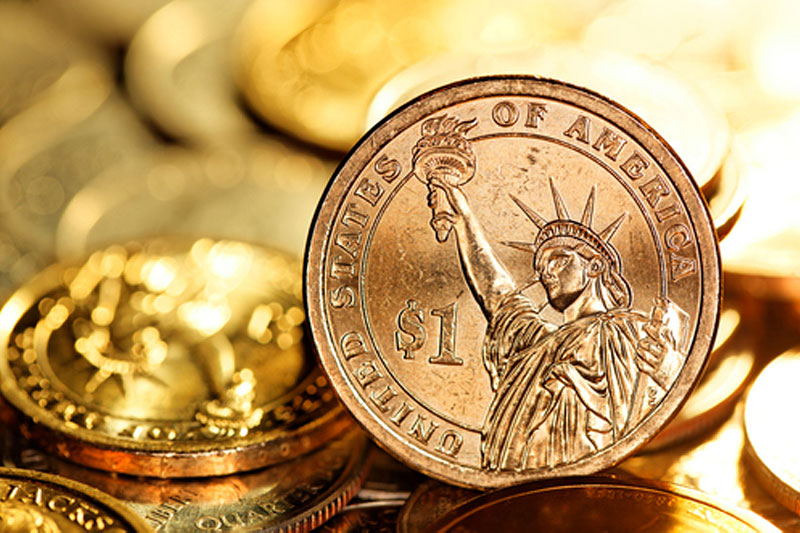Street Calls of the Week
Investing.com - The U.S. dollar fell further Friday, set for a hefty weekly drop, as signs of banking weakness added to expectations of further interest rate cuts by the Federal Reserve this year.
At 04:10 ET (08:10 GMT), the Dollar Index, which tracks the greenback against a basket of six other currencies, traded 0.1% lower to 97.975, on course for a 0.7% slide this week - the biggest five-day retreat since late July.
U.S. banking concerns weigh on dollar
The U.S. currency has continued to fall Friday, as a sudden return of market scrutiny on U.S. regional banks is adding a rather unexpected negative factor to the greenback.
Two lenders – Zions and Western Alliance Bancorp – reported problems with loans associated with fraud, raising concerns over the health of the regional banking sector as growth in the world’s largest economy slows.
“The contagion to other risk assets shows not only that markets are still sensitive to regional bank concerns (a legacy of SVB’s 2023 collapse), but potentially to the broader credit market, which has been operating on exceptionally tight spreads over the past few months,” said analysts at ING, in a note.
This, added to global trade frictions and signs of weakness in the U.S. economy, have supported the case for more rate cuts by the Federal Reserve.
“In such a volatile environment, it’s hard to pick a bottom for USD. DXY [the dollar index] might need to slip back all the way to 97.50 before finding strong support, unless some encouraging domestic U.S. news comes to the rescue today,” said ING.
Euro helped by French vote
In Europe, EUR/USD traded 0.2% higher to 1.1713, with the single currency helped by French Prime Minister Sebastien Lecornu surviving two no-confidence votes on Thursday after agreeing to delay pension reform.
“That is … enough for the euro to price out a good portion of the French risk premium, and barring a new government collapse before year-end, this should allow EUR/USD to refocus on canonical market drivers (rates and equities),” said ING.
The euro has also benefited from the news that U.S. President Donald Trump will meet with his Russian equivalent Vladimir Putin within the next couple of weeks to discuss the end of the war in Ukraine.
GBP/USD traded 0.1% lower to 1.3424, with sterling handing back some of the previous session’s gains after data showed that the U.K. economy returned to modest growth in August.
Yen pushes higher
Elsewhere, USD/JPY traded 0.6% lower to 149.60, with the Japanese yen firming strongly after Bank of Japan Governor Kazuo Ueda said that the central bank will keep raising interest rates if confidence in achieving its economic targets improves.
While Ueda did not give any clear cues on when and by how much rates would increase, his comments helped keep the yen underpinned, coming just a few days before a BOJ meeting in late October.
USD/CNY rose 0.1% to 7.1269, with the Chinese currency trading in a muted fashion this week as a series of strong midpoint fixes were largely offset by weak inflation data and heightened U.S.-China trade tensions.
AUD/USD dropped 0.5% to 0.6449, with the Aussie dollar nursing weekly losses after dismal jobs data ramped up bets for more interest rate cuts by the Reserve Bank.
